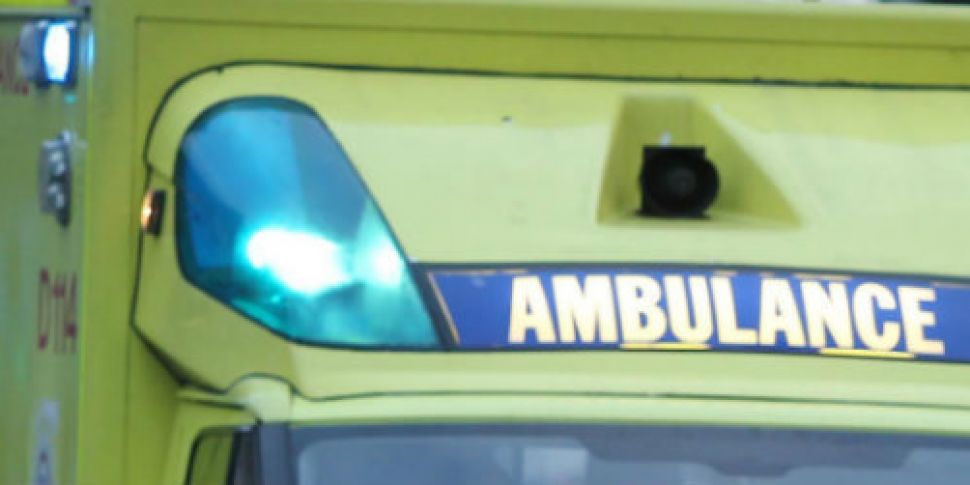A HSE-commissioned report has found the National Ambulance Service needs 750 extra staff to respond to emergencies in specified times.
The paper - seen by the Irish Times - claims an extra 250 ambulances are also required to try to meet the target for life-threatening calls and emergencies, which is set at eight minutes by the Health Information and Quality Authority (HIQA).
The reason eight minutes has been set as the target is that research shows "death becomes more likely where there are delays in administering cardio-pulmonary resuscitation and defibrillation to people suffering a heart attack."
That target was set as a result of a comparison with England, but the report does note that there is a stark difference between in the two in that "40% of incidents [in Ireland] are rural, compared to 12% in England."
The report was issued by UK consultancy firm Lightfoot Solutions as a result of a number of problems with response times to calls. It showed that, overall, 26.6% of life-threatening calls in Ireland were answered in that time-frame, while that level dropped to 6.6% in rural areas.
The report cited that the main difficulty with responding to calls in eight minutes was "the immense difficulties with rurality in Ireland."
Both the location of ambulance services and the number of vehicles around the country play a major role in response times. Taking an example from the west of Ireland, a number of areas in Galway, Mayo and Roscommon would be located too far away from ambulance depots to be reached within the allotted time-frame.
The map below shows the location of 10 ambulance depots in that region, and all the electoral divisions within the area. Taking a radius of 14 kilometres from the various depots - the distance that could be covered by road in eight minutes at an average speed of 100 km per hour - the map is broken down into the areas which fall within that radius, and those that don't.
In the map below, those sections marked in green are within 14km of an ambulance depot. The areas marked in yellow sit outside that limit, meaning it would be extremely unlikely that an emergency call would result in an ambulance making it to a patient within the HIQA target.
Click on the image for a larger version
In reality, the difficulty of manoeuvring through town during rush hour traffic means that covering that distance in eight minutes is very optimistic. Furthermore, some of the areas in green would be further than 14km from the depot, but for ease of visualisation are still marked as within the limit given that they fall inside an electoral division which is close to the nearest depot.
Despite those caveats, the graphic does serve as a useful way to roughly visualise the scale of the problem facing the National Ambulance Service.
Westport, a popular holiday spot, sits outside the 14km radius of the nearest depot in Castlebar. Both Tuam (32km) and Ballyhaunis (39km) could reasonably expect to be waiting in the region of 20 minutes for an ambulance to arrive.
A maximum of 54.4% of the 445,356 population in the area shown could be reached in eight minutes, meaning over 203,000 people in that region alone would not be able to get an ambulance within the target set by HIQA.










